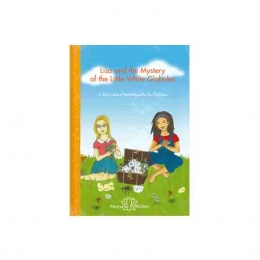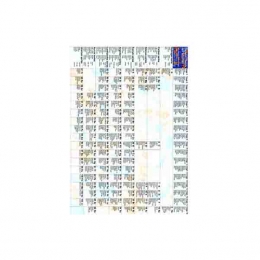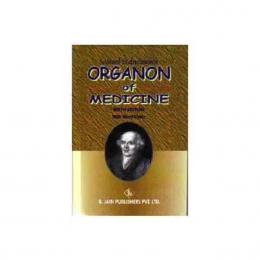Organon of Medicine - Samuel Hahnemann (Translated by J Kunzli, Alain Naude, and P Pendleton)
The First Integral English Translation of The Definitive Sixth Edition of The Orginal Work on Homoeopathic Medicine
In the early 19th century, Samuel Hahnemann, a German medical doctor, discovered that he could profoundly stimulate healing by giving his patients very small amounts of carefully chosen substances. He used these substances to establish the discipline of homeopathy, and he set down its principles in this book, the Organon of Medicine. Now, nearly 200 years later, people are finding in these teachings a powerful weapon against acute and chronic diseases of modern civilization.
“The Organon of Medicine is the most important book in homeopathy. The translation by Künzli, Naudé and Pendleton is the only integral English translation of the final edition of his work. It is brilliantly translated. This book is indispensable. – Daniel Cook, M.D., Journal of the American Institue of Homeopathy
“There is not and cannot be another authentic source for the principles and practice of homeopathy, nor any work that better captures the spirit and force of Hahnemann’s polemic.” – Roger Cooter, Times Literary Supplement
“...this new book is apparently unique in being a direct English translation of the VIth edition...The standard English version has been the Vth edition with additions from the VIth, but this work has been translated directly from the original text of the VIth edition...I would recommend this new translation of the VIth edition to all students of homeopathy, whether just beginning or well advanced in its practice.” – Dr. Andrew Lockie, British Homoeopathic Journal
“The whole presentation makes for easy reading, both o the main paragraphs and the footnotes...The 6th edition of the Organon is thought by many people to represent a climax in Hahnemann’s expression of his understanding of the philosophy relating to homeopathy. This presentation of it is therefore an important and welcome addition to homeopathic literature.” – Anne Clover, MBBS, DPM, FFHom, British Homoeopathic Journal
270 pages, paperback







